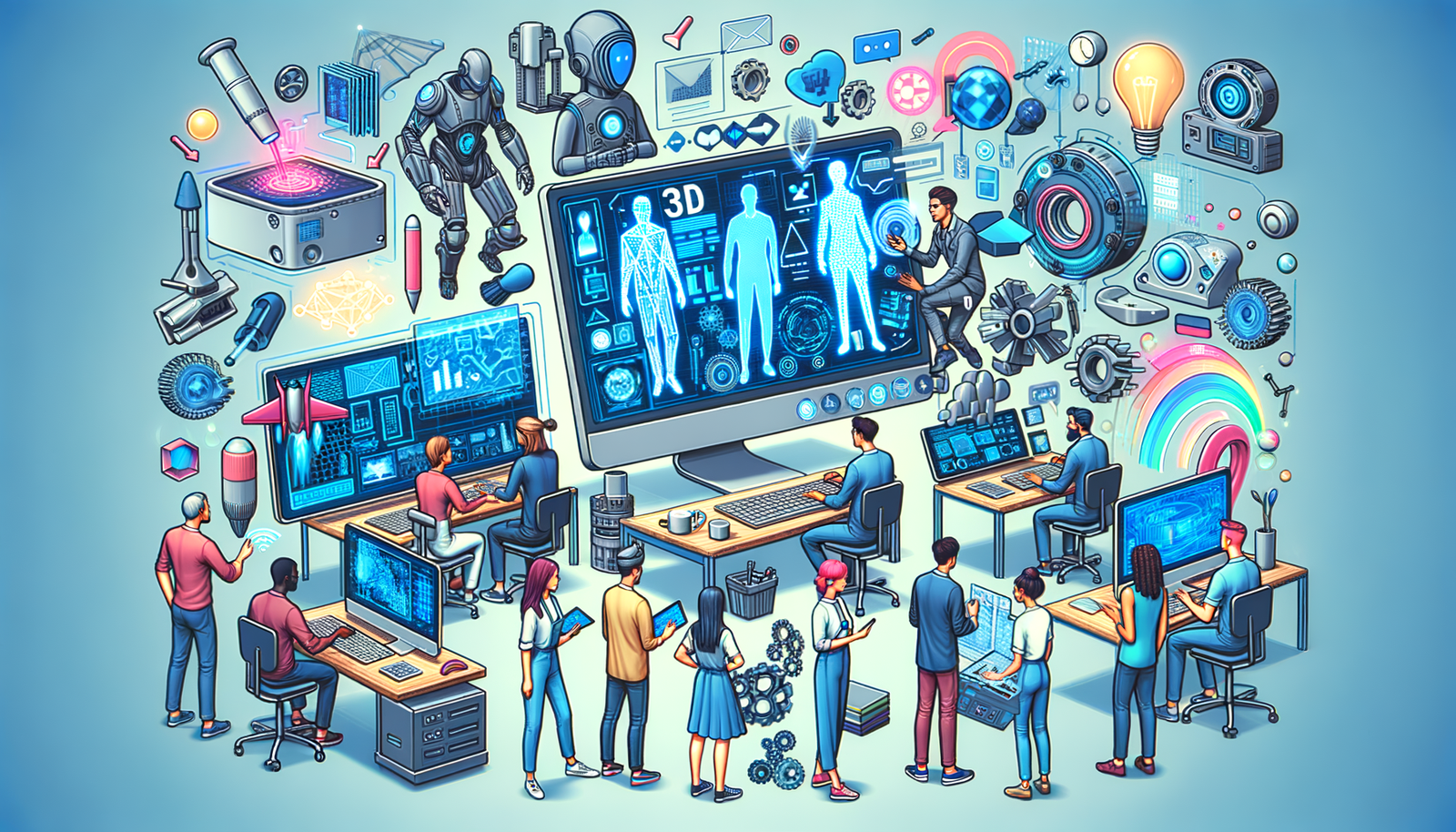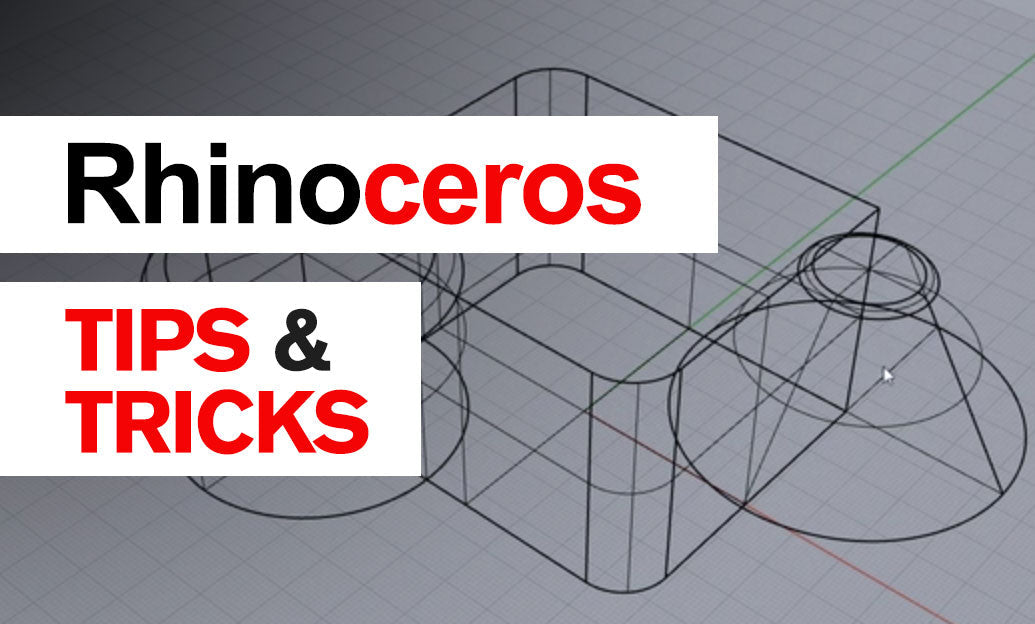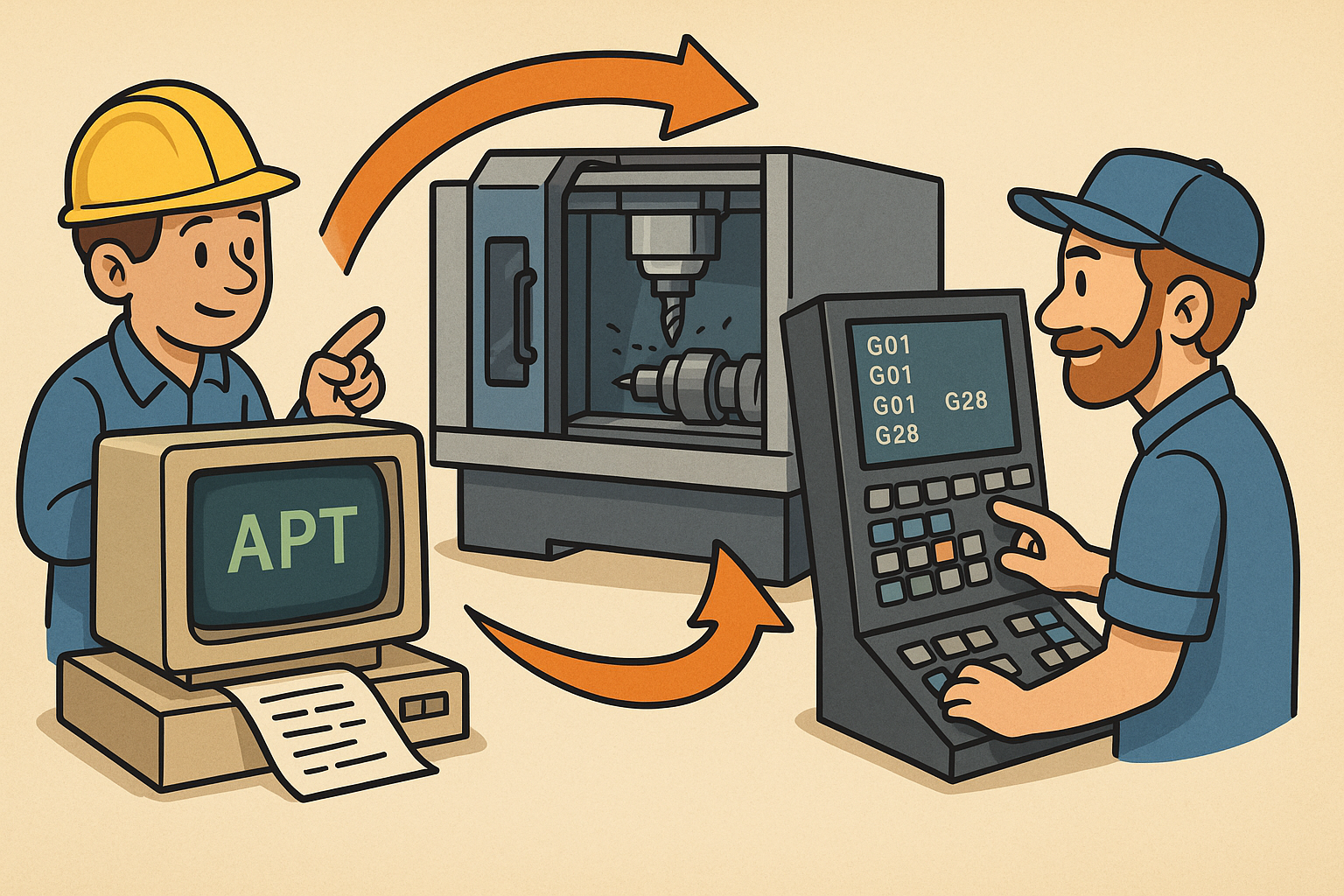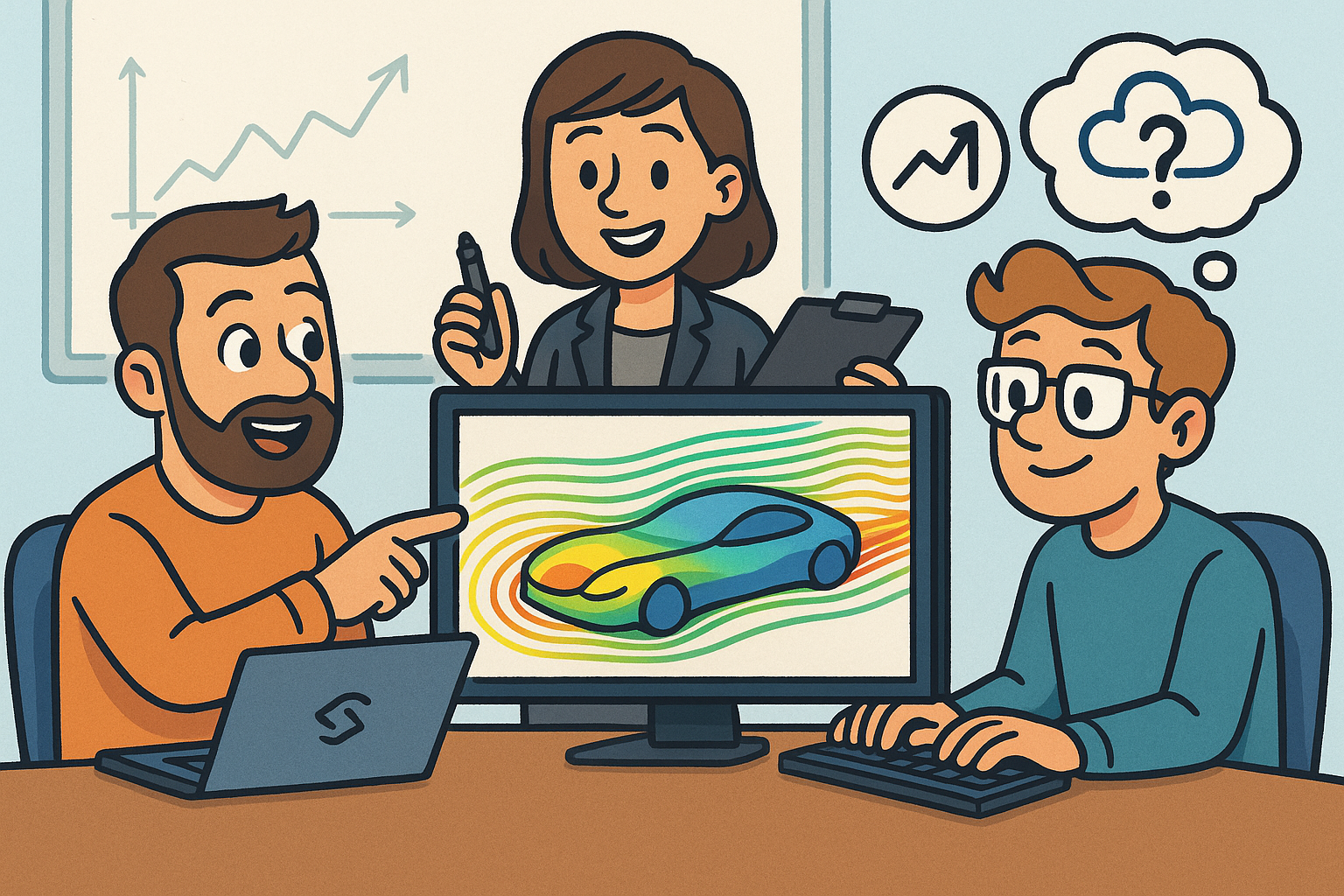Your Cart is Empty
Customer Testimonials
-
"Great customer service. The folks at Novedge were super helpful in navigating a somewhat complicated order including software upgrades and serial numbers in various stages of inactivity. They were friendly and helpful throughout the process.."
Ruben Ruckmark
"Quick & very helpful. We have been using Novedge for years and are very happy with their quick service when we need to make a purchase and excellent support resolving any issues."
Will Woodson
"Scott is the best. He reminds me about subscriptions dates, guides me in the correct direction for updates. He always responds promptly to me. He is literally the reason I continue to work with Novedge and will do so in the future."
Edward Mchugh
"Calvin Lok is “the man”. After my purchase of Sketchup 2021, he called me and provided step-by-step instructions to ease me through difficulties I was having with the setup of my new software."
Mike Borzage
Exploring the Future of 3D Design: Key Trends and Predictions Shaping Design Software Evolution
July 08, 2024 2 min read


Introduction to the Current State of 3D Design Software
The landscape of 3D design has been dramatically reshaped by the advent of powerful software tools that cater to a wide array of industries including manufacturing, architecture, and entertainment. Leading the forefront are AutoCAD, Blender, and SolidWorks, each offering unique capabilities that facilitate complex design and modeling tasks. The role of 3D design extends beyond mere visualization; it is integral to product development, enabling engineers and designers to prototype, analyze, and refine their creations with unprecedented precision. However, despite the advancements, users often encounter challenges such as steep learning curves, high software costs, and the need for robust hardware.
Emerging Trends in 3D Design Software
The future of 3D design software is unfolding along thrilling trajectories, propelled by technological innovations. Here are some of the notable trends:
- Integration of AI and Machine Learning: These technologies are being harnessed to create smarter design tools that can predict user actions, automate repetitive tasks, and optimize designs for efficiency and sustainability.
- Cloud-based Platforms: The shift towards cloud computing is enabling collaborative projects across geographies, allowing teams to work on the same project simultaneously, without worrying about software installations or hardware limitations.
- Augmented Reality (AR) and Virtual Reality (VR): AR and VR technologies are revolutionizing design visualization, enabling designers and clients to walk through and interact with 3D models in a realistic virtual environment.
- Sustainable Design Features: With a growing emphasis on sustainability, design software is incorporating features that help designers evaluate the environmental impact of their creations and make eco-friendly decisions.
Predictions for the Future of 3D Design
As we look towards the horizon, several predictions stand out about the direction in which 3D design technology is headed:
- The user interface of design software is expected to evolve, becoming more intuitive through the adoption of gesture and voice controls, thereby making 3D design more accessible to a broader audience.
- There will be an increase in the accessibility of 3D design tools on mobile devices, empowering designers to work from anywhere, at any time.
- Design software environments will become more customizable and adaptive, adjusting to individual user’s workflows and preferences through machine learning.
- Blockchain technology will enhance collaboration on design projects by offering secure, transparent mechanisms for sharing designs and managing intellectual property rights.
Impact and Implications for Design Professionals
The evolving landscape of 3D design software will have profound implications for design professionals:
- To stay competitive, designers and engineers will need to engage in continuous learning to keep abreast of the latest software advancements and master new tools and technologies.
- The expansion of cloud-based platforms and mobile accessibility will open up opportunities for remote collaboration, allowing professionals to contribute to global project teams without geographical constraints.
- Advancements in software will lead to enhanced efficiency and precision in the design process, enabling faster iterations, improved accuracy, and reduced waste.
- As 3D design tools become more accessible, there is a significant potential for democratizing design, allowing more people to bring their creative visions to life, irrespective of their technical or financial resources.
Also in Design News

Rhino 3D Tip: Rhino Section — Precise Cut Profiles for Documentation and Fabrication
January 06, 2026 2 min read
Read More
Design Software History: APT to G‑Code Dialects: The Evolution and Persistence of Vendor‑Specific CNC Post‑Processing
January 06, 2026 11 min read
Read More
Real-time CFD for Design Reviews: Progressive Solvers, GPU Pipelines, and Uncertainty-Aware Collaboration
January 06, 2026 12 min read
Read MoreSubscribe
Sign up to get the latest on sales, new releases and more …


